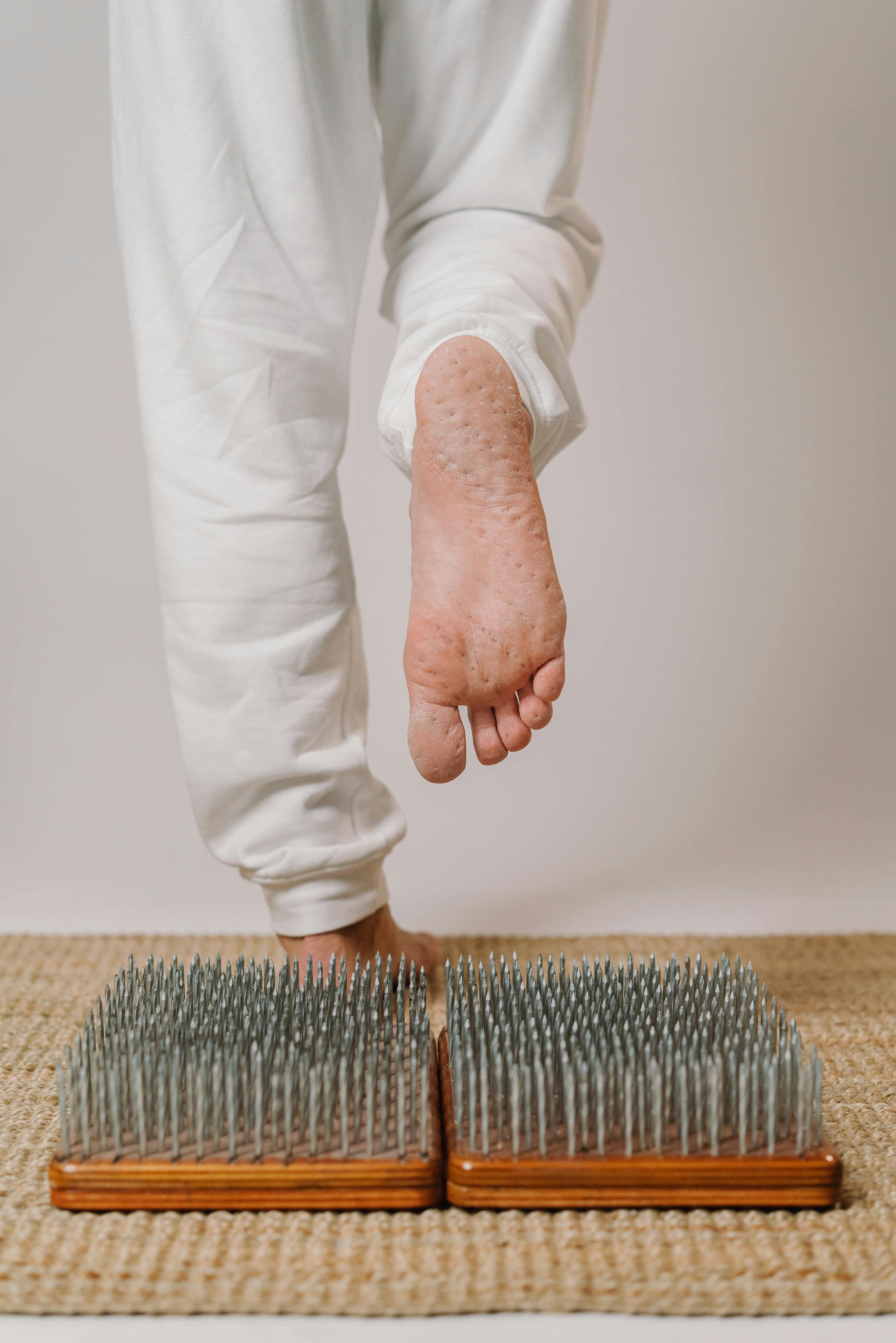
If you’ve been dealing with pain in the front of your foot—whether from an injury, arthritis, or a deformity, forefoot surgery may be the next step. These procedures are often done to help you move better, relieve chronic pain, or correct conditions that don’t respond to non-surgical treatment. And they’re more common than you might think.
Let’s walk through some of the most common types of forefoot surgery, who needs them, and what recovery looks like.
Your forefoot includes the toes and the ball of your foot. This part of your body absorbs a lot of stress—from walking, running, sports, and just day-to-day movement. Over time, or after an injury, problems like bunions, hammer toes, arthritis, or nerve compression can develop.
When pain or deformity limits your ability to walk, stand, or wear shoes comfortably, and conservative treatment isn’t working, surgery may be necessary.
What it treats: A bunion is a bony bump that forms at the base of your big toe. Over time, it pushes the toe out of alignment, often causing pain and swelling.
Surgical goal: Realign the bones of the big toe, relieve pressure, and remove the bump.
What it treats: A hammer toe happens when the middle joint of a toe becomes bent, usually due to muscle imbalance or pressure from footwear.
Surgical goal: Straighten the affected toe, often by removing part of the bone or releasing the tight tendon.
What to expect: This is often done under local anesthesia. Some patients are able to walk the same day in a surgical shoe.
What it treats: Pain in the ball of the foot, often caused by a dropped metatarsal bone or arthritis in the joints, may require surgery.
Surgical goal: Adjust or shorten the metatarsal bone to relieve pressure on the front of the foot.
When it’s recommended: This is usually done when non-surgical treatment (like orthotics) doesn’t reduce the pain or the condition affects daily activities.
What it treats: A neuroma is a thickening of nerve tissue, typically between the third and fourth toes. It can feel like a pebble in your shoe or a burning sensation.
Surgical goal: Remove or decompress the affected nerve.
Minimally invasive option: Some cases can be treated using radiofrequency ablation or other nerve-relieving techniques without open surgery.
What it treats: Severe arthritis or deformity in the toes.
Surgical goal: Fuse the bones in the affected joint to eliminate pain and restore function.
Why it helps: While the fused joint won’t move, patients usually gain stability and lose the constant inflammation that was limiting their movement.
Most people think of surgery as something standardized, but in Dr. Parekh’s clinic, no two procedures are exactly the same. His use of minimally invasive techniques, custom-designed implants, and novel surgical strategies allows for tailored care that isn’t available everywhere.
He’s not just using what’s out there—he’s helping create what’s next.
And this isn’t just talk. His work is used globally. From 3D printing tools to new procedures that are adopted by other surgeons around the world, he brings cutting-edge innovation directly into the operating room.
Recovery from forefoot surgery varies depending on the procedure. Here’s what you can usually expect:
Dr. Parekh works with each patient individually to create a plan that fits their goals, timeline, and lifestyle.
If you're experiencing:
…it’s time to talk to a specialist.
You don’t have to live with forefoot pain. Whether you're a competitive athlete, a weekend hiker, or someone just trying to get through the workday without discomfort, forefoot surgery can help restore your movement and improve your quality of life.
Contact us to learn more about Dr. Parekh’s unique surgical techniques and approach to care. You can also book an appointment, follow his insights on social media, or explore his broader work in education, sports injury analysis, and philanthropy.